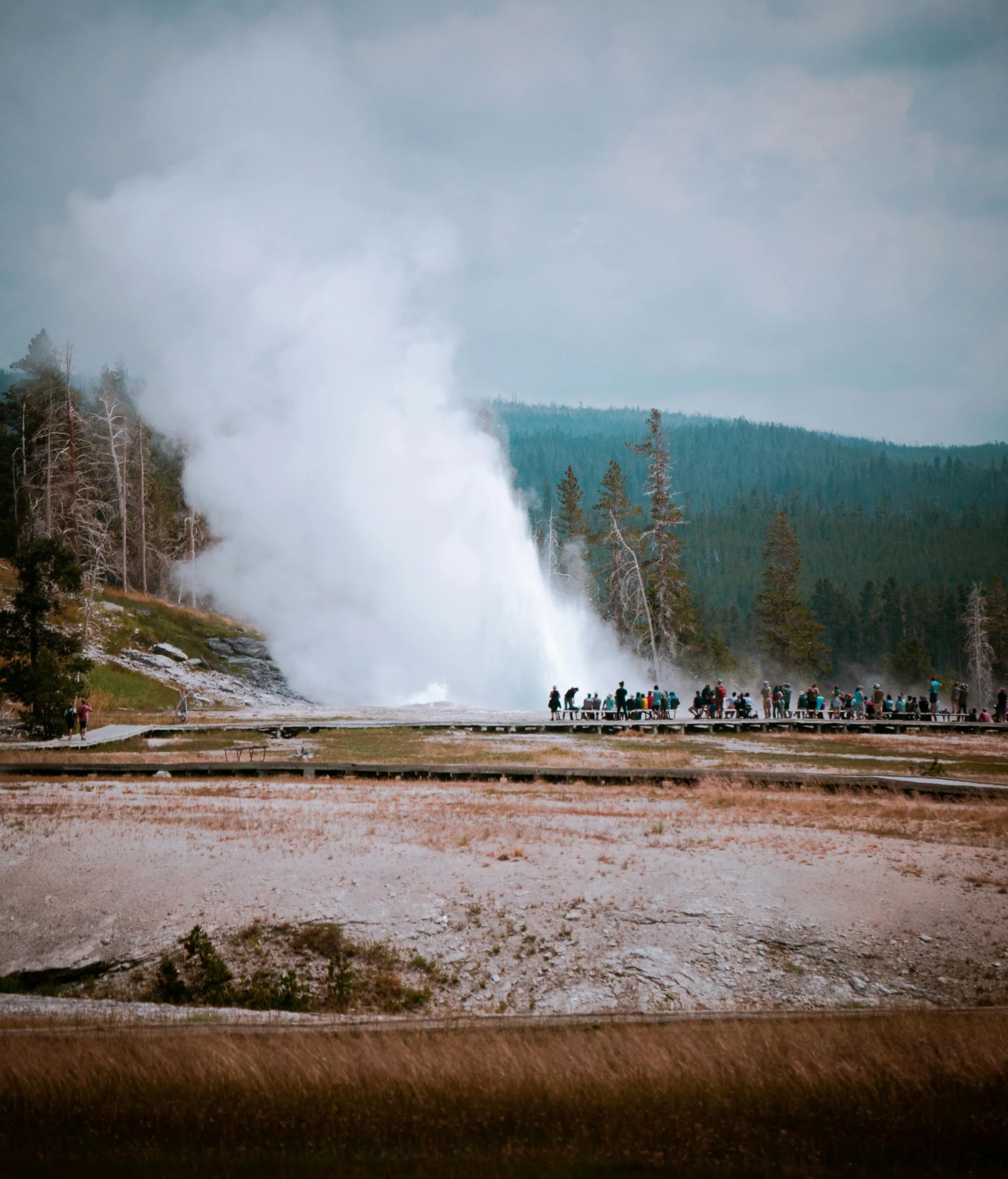An innovative solution has emerged from the latest research, harnessing geothermal power to combat climate change.
An Environmentally Friendly Union of Technology
The scientific community has made bold strides by integrating two potent forces against climate change: Direct Air Carbon Dioxide Capture technologies (DACC) and the Earth’s own geothermal energy. By leveraging the natural, renewable heat found beneath our feet, researchers are paving a new path toward capturing and storing atmospheric CO2 safely underground, with a lesser environmental burden than ever before.
The Driving Force of Climate Change Mitigation
Our planet’s rising temperature traces its roots to the prevalent carbon emissions from various human activities. While many initiatives focus on reducing emissions at their source, Martina Leveni puts a spotlight on a different angle—pulling carbon dioxide back from the atmosphere to undo the damage we’ve caused. This evolving realm of carbon removal technologies opens a window to address the more elusive emissions that are challenging to contain directly.
Direct Air CO2 Capture with a Twist
Leveni’s proposed method, labeled DACCUS, is not your typical air capture technology. It’s designed to work in harmony with the environment by engaging nature’s own arsenal—utilizing the heat from the earth’s core to generate the energy required to run DACC systems. This self-sustaining system captures CO2 from the air only to utilize it again in extracting geothermal heat. Consequently, this process serves to minimize additional greenhouse gas emissions, making the whole operation remarkably efficient and eco-conscious.
Turning Theory into Reality
The team highlighted the U.S. Gulf Coast as an ideal setting to demonstrate their brainchild. Here, the fusion of geothermal resources, the apt geological structures, and the sufficient heat flux make the Gulf Coast a prime candidate for deploying DACCUS successfully. Also, the strategy involved is not merely theoretical—it’s geared with a practical roadmap. Assuming a proactive initiation, Jeff Bielicki, a co-author, envisions a potential timeline where the system could transition from concept to carbon reduction in a matter of years.
Laying the Foundations for a Cleaner Future
As their research provides a blueprint for the future, it also kindles hope for curbing global warming and its dire consequences. Yet, while it’s a significant leap toward a sustainable future, Leveni calls to attention the additional work required—from perfecting the technology to sculpting policies that enable these scientific advancements.
The team’s work, supported by notable institutions, serves as a clarion call for the necessity of innovative integrations in our steady march to tackle climate change head-on.
